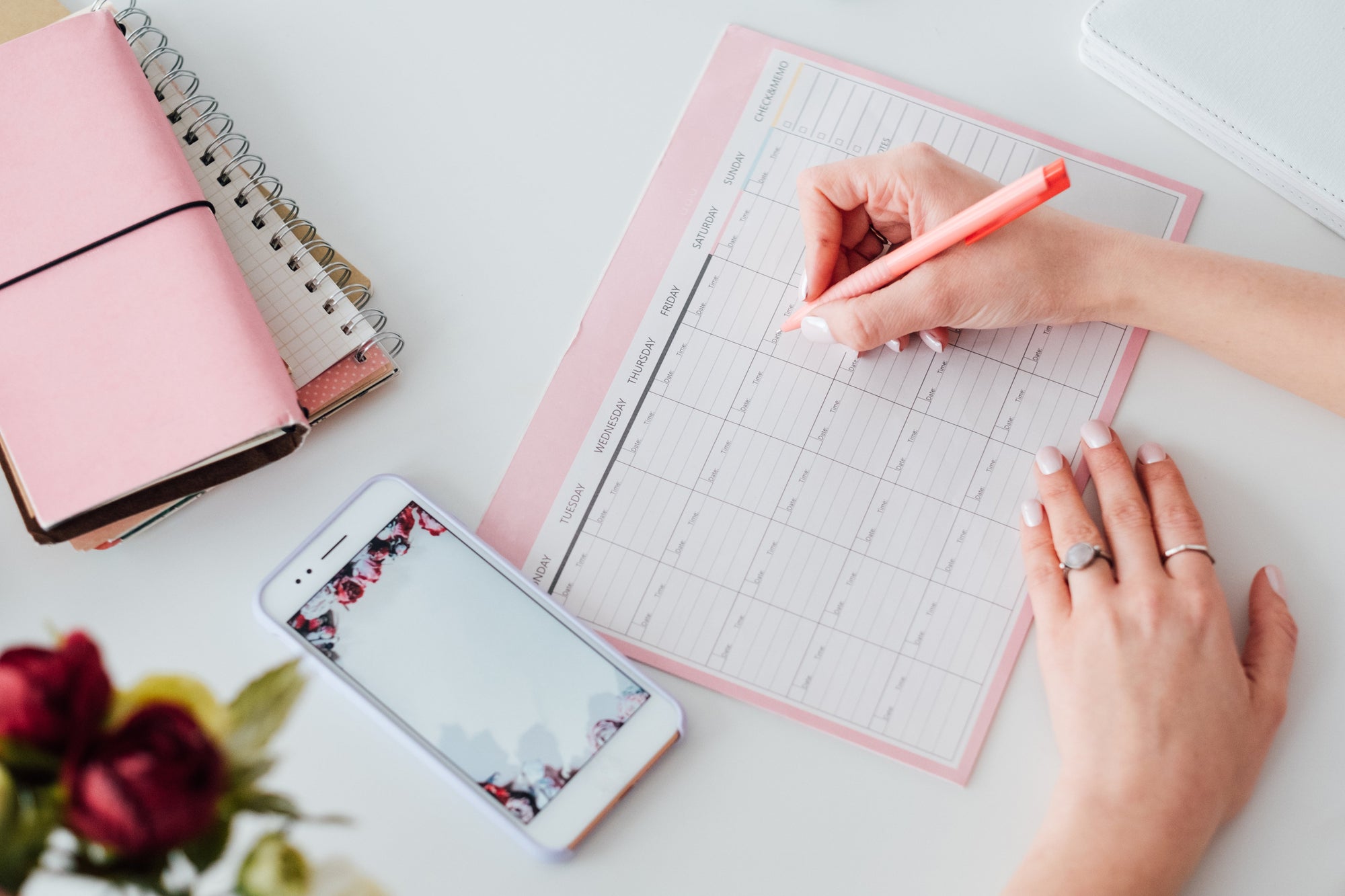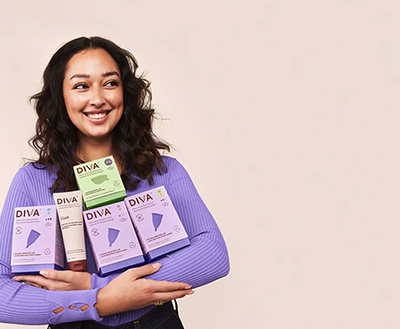
In this article /
I was sixteen years old when I experienced my first rupture. Sitting at my kitchen table doing homework, I was struck by a piercing sensation in my lower abdomen. I immediately doubled over and called out to my mom. When I described what I was feeling—abdominal pain so intense I could barely move or speak—she knew what was happening. It was an ovarian cyst rupture.
Common Ovarian Cyst Rupture Symptoms
Polycystic ovary syndrome (PCOS) affects 1 in 10 people who menstruate and is commonly passed through genes. My mom had ovarian cyst ruptures that put her in the hospital twice. PCOS can present with or without ovarian cysts and is notoriously under-diagnosed. This is because symptoms vary widely and can be easily confused with other conditions or regarded as a “normal” part of menstruation. 50% of people with PCOS are diagnosed late in life or not at all.
For my sister and I, our most significant symptom was irregular periods. My sister lost her period for months on several occasions, and it wasn’t uncommon for me to skip a month or two, especially if I was stressed or traveling. Up until my first rupture, I thought this was a normal part of menstruation.
How Long Does Ruptured Ovarian Cyst Pain Last?
When I told my doctor about what happened, he asked how long the pain lasted and if I had felt any other symptoms since. The intense pain thankfully only lasted about 10 minutes, and other than some residual cramping, I felt fine afterward. He told me that it wasn’t necessary to book an ultrasound or blood test for a formal diagnosis.
What's the Best Birth Control for PCOS?
A few years later, I wanted to go on birth control. I expressed concern about PCOS to my doctor again in fear that the pill would do more harm than good. He ordered a blood test to check for hormone imbalance, and not surprisingly, my testosterone was high. He said the pill would help–and for a bit, it did. Gone were the days of unexpected periods, hormone swings and ruptured cysts.
But the problem wasn’t solved and the moment I stopped taking the birth control pills a year and a half later, my hormones went haywire. My endocrine system had sat back and relaxed for so long; now that birth control no longer had the reins, it didn’t know what to do. My period went missing for seven months.
After I passed the six-month mark and confirmed I wasn’t pregnant, I set up an online health consultation because my family doctor had retired. The new doctor I spoke to ordered another blood test. My first period in 205 days arrived the night before my appointment.
The test showed the same results as my first one, and since my period was back, the doctor told me once again that it wouldn’t be necessary to evaluate it any further. But even though my period returned, other symptoms were getting worse. I experienced more frequent ruptures (one even made me faint), I couldn’t get rid of stubborn weight gain, mustache hairs were growing faster than ever before, and my anxiety was at an all-time high (all tell-tale symptoms of PCOS!). I was brushed off as if all these symptoms were as minimal as a common cold. I knew if I expressed my concerns again, I was only going to be told to go back on birth control.
Trying an Insulin Resistance Diet
Then I came across the Instagram account Meals She Eats and my life changed.
After Tom Sullivan’s wife, Rachael Sullivan, suffered for years with PCOS and struggled to receive sufficient medical care, Tom took to learning about the menstrual cycle phases and cooked meals to support Rachael’s hormone levels. They not only showed me that it was possible to approach my PCOS with knowledge instead of fear, but also that with the correct diet and exercise, I could improve my symptoms without hormonal contraceptives.
After just a few months of tracking my phases and incorporating the recommended foods and exercises, I noticed significant improvements. My skin was clear and glowing. I wasn’t awfully bloated, tired, or anxious all the time. And most importantly, now my period comes on schedule month after month for the first time in my adult life.
With all this said, it’s important to advocate for yourself and speak to a medical professional if you suspect you suffer from PCOS. I’m lucky to be able to self-manage my condition now, but in some cases, medical intervention, like surgically removing the cysts, is necessary. The bottom line is to seek out the right resources and speak up to your community, because you are certainly not alone.
Most doctors will tell you that birth control is the only “cure” for PCOS, but it comes with the side effect of masking the symptoms. None of the underlying causes (such as increased androgens and insulin resistance) are solved, and in my experience, they are likely to get worse when birth control stops. But with the correct support, it’s possible to take a holistic approach to treating PCOS and bring your body back to a natural, healthy harmony.
*Disclaimer: Because every body is unique, we always recommend working with a healthcare professional to determine the best treatment for your body.
























